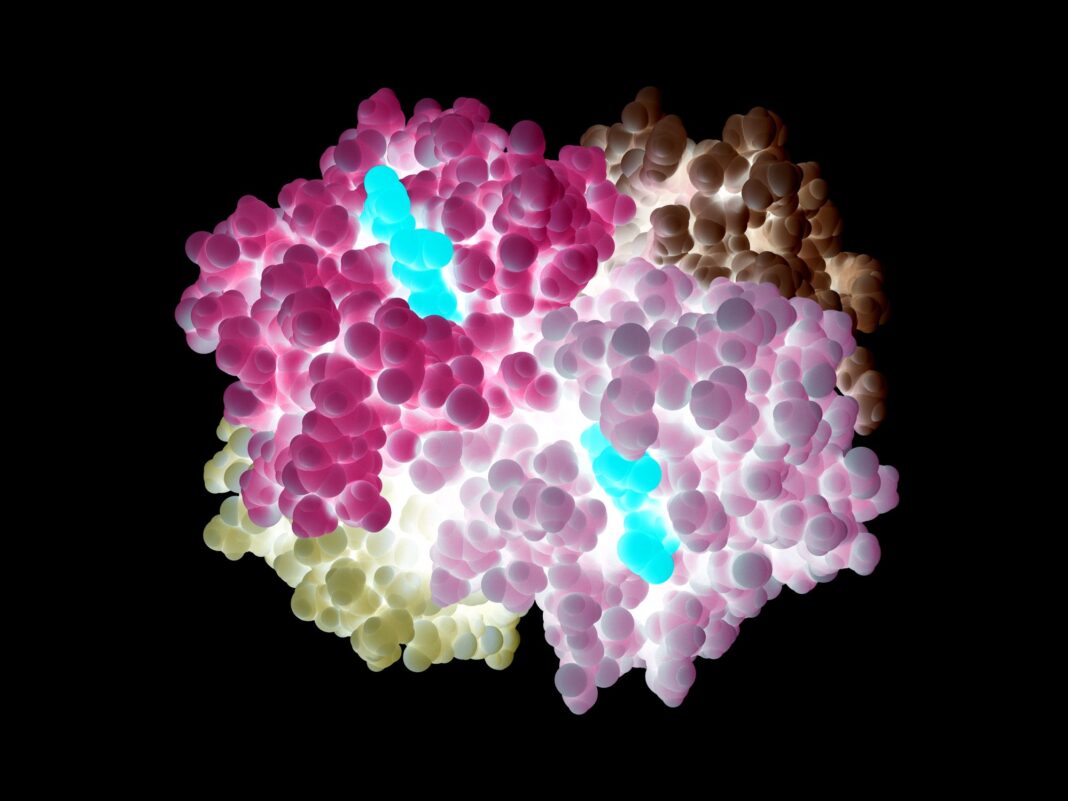Though the first CRISPR drug—Casgevy, the CRISPR-Cas9 therapy formerly known as exa-cel developed by Vertex Pharmaceuticals and CRISPR Therapeutics—was approved in the U.K. for the treatment of sickle cell disease, the quest for improved gene editors is far from over.
To minimize off-target effects, researchers from Wuhan University tested a new gene editing approach with a “transformer” base editor (tBE) to optimize the same therapeutic strategy used by Casgevy to treat sickle cell disease and other β-hemoglobinopathies like β-thalassemia. The tBE has a “fuse-like” mechanism that causes the editor to shut off upon executing an edit, allowing on-target editing while significantly reducing off-target editing. Utilization of tBE for the gene editing approach used by Casgevy resulted in undetectable off-target effects and durable hematopoietic stem cells (HSCs) that carried the edit, demonstrating a safe and effective strategy for treating β-hemoglobinopathies.
The peer-reviewed research article, “Base editing of the HBG promoter induces potent fetal hemoglobin expression with no detectable off-target mutations in human HSCs” was published in Cell Stem Cell.
tBE for β-hemoglobinopathies
Hemoglobin subunit beta (HBB) gene locus mutations, which impair adult hemoglobin (HbA) levels by inhibiting β-globin production, are the common cause of β-hemoglobinopathies. There are various gene editing strategies for remedying impaired β-globin production. One strategy is based on replacing HbA levels with fetal hemoglobin (HbF) levels in hematopoietic stem/progenitor cells (HSPCs) by restoring γ-globin expression, which is tightly regulated throughout development and is silenced shortly after birth by repressors that bind to its promoter regions, to therapeutic levels.
The BCL11 transcription factor A (BCL11A) and zinc finger and BTB domain-containing 7A (ZBTB7A) are the two major repressors of γ-globin gene expression, responsible for its silencing. Mutating these binding motifs located in the regulatory region of the HBG locus is one way to reactivate γ-globin expression. Casgevy does this by applying a Cas9 nuclease to disturb repressor binding motifs in HSPCs, which relies on generating double-stranded breaks and, thereby, posing a risk of DNA damage responses and cell toxicity in HSPCs.
Cytosine or adenine base editors (CBEs or ABEs) can convert C-to-T or A-to-G base changes without generating DSBs. Previous studies using base editors targeting regulatory motifs successfully induced γ-globin expression. However, when analyzing off-target events, both CBE and ABE triggered high off-target activity, raising strong safety concerns.
Wuhan University researchers directly compared tBE editing in HSPCs for HbF induction with other clinical or preclinical editing strategies using Cas9 nuclease or conventional base editors, such as hA3A-BE3, BE4max, CE1048-1063-CBE, and A3A(N57Q)-BE3. To deliver tBE to cells, the researchers chose an mRNA delivery approach with an isotonic solution instead of electroporation, which can affect delivery efficiency and cell health. Compared to other approaches, the tBE-modified BCL11A binding motif induced a higher HbF level than the others, and the editing persisted in the repopulated stem cells. In vitro and cellular binding assays revealed that the tBE-generated TGATTA motif completely abolished its interaction with BCL11A. DNA and RNA profiles had no detectable off-target mutations in tBE-edited cells.
This study shows that tBE-based editing of the BCL11A binding site within the HBG1/2 promoter was a strong and very effective way to turn on HbF again in human HSCs. It also shows that it is possible to deliver mRNA with little off-target activity, which is a strong reason to move forward with the clinical development of tBE in autologous HSCs as a possible cure for β-hemoglobinopathies.


